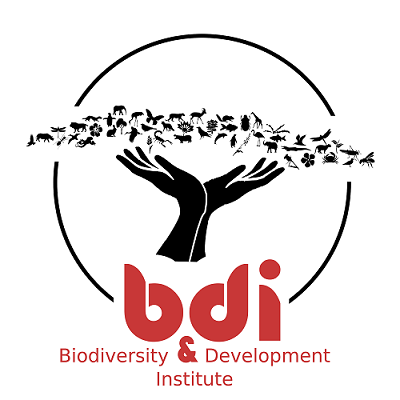View the above photo record (by Trevor Hardaker) in FrogMAP here.
Find the Drewes’ Moss Frog in the FBIS database (Freshwater Biodiversity Information System) here.
Family Pyxicephalidae
DREWES’ MOSS FROG – Arthroleptella drewesii
Channing, Hendricks and Dawood 1994
Identification
This species barely exceeds 20 mm in length. The outer metatarsal tubercle takes the form of a small ridge in A. drewesii, but is well developed in the sympatric A. villiersi. The advertisement call in A. drewesii has a duration of at least 0.6 s and consists of at least six pulses, with noticeable changes in intensity as the call progresses, whereas in A. villiersi the call is much shorter (0.07–0.11 s), comprising only 4–5 pulses (Channing et al. 1994b; Channing 2001; A. Turner pers. obs.).
Habitat
A. drewesii inhabits dense vegetation along stream edges and seepages, in montane fynbos. It occurs in a winter rainfall area that receives annual rainfall of 500–750 mm.
Behaviour
Males call from moss-covered slopes, concealed beneath vegetation or stones. Large choruses develop during the rainy season, and calling continues throughout the day and night, from June through September. Nothing further is known about the life history and ecology of this species.
Status and Conservation
Status
A. drewesii is known from the Fernkloof, Maanschynkop, and Vogelgat nature reserves, and adjacent wet areas at altitudes >200 m (Channing 2001; Harrison et al. 2001). The species was previously classified Near Threatened (Harrison et al. 2001), but this has been revised to Data Deficient for this publication, in view of the lack of information on the total extent of the species’ range.
Threats
Present and potential threats include habitat degradation caused by invasive alien vegetation, afforestation, the construction of roads and dams, the alteration of drainage patterns and too frequent fires (Harrison et al. 2001).
Recommended conservation actions
The continued existence of reserves appear to be essential for the long-term survival of A. drewesii, and appropriate conservation management practices are required. Habitat and limiting factor management, as well as regular population monitoring are recommended (Harrison et al. 2001). Surveys are needed to establish the full extent of this species’ range as well as the size of its sub-populations.
Distribution
This species is endemic to the Kleinrivier Mountains, near Hermanus. The known distribution is limited to the quarter-degree grid cell 3419AD, but is probably more extensive. It occurs in sympatry with A. villiersi, although the two species have not been observed calling from the same seepages. The atlas data are reliable, but probably incomplete.

Further Resources
Virtual Museum (FrogMAP > Search VM > By Scientific or Common Name)
More common names: Drewes’ Chirping Frog, (Alternative English Name); Drewes se Mospaddatjie (Afrikaans)
Recommended citation format for this species text:
Channing A, Tippett RM. Drewes’ Moss Frog Arthroleptella drewesii. BDI, Cape Town.
Available online at http://thebdi.org/2022/02/09/drewes-moss-frog-arthroleptella-drewesii/
Recommended citation format:
This species text has been updated and expanded from the text in the
2004 frog atlas. The reference to the text and the book are as follows:
Channing A 2004 Arthroleptella drewesii Drewes’ Moss Frog. In Minter LR
et al 2004.
Minter LR, Burger M, Harrison JA, Braack HH, Bishop PJ, Kloepfer D (eds)
2004. Atlas and Red Data Book of the Frogs of South Africa, Lesotho and
Swaziland. Smithsonian Institution, Washington, and Avian Demography
Unit, Cape Town.

